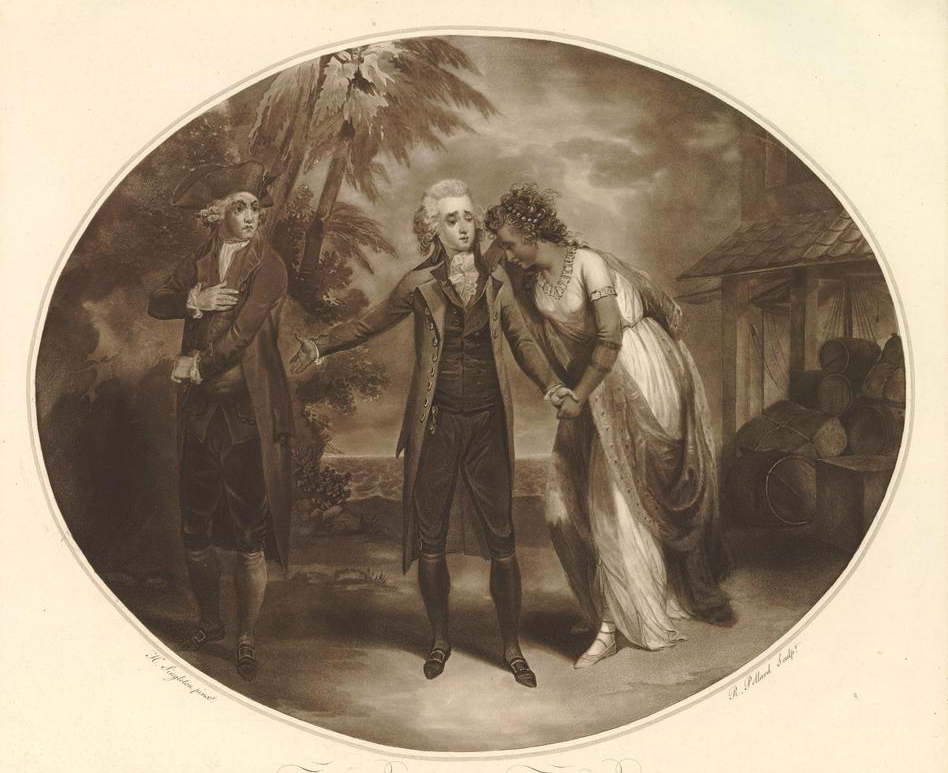 Throughout history, tales of the Indies were often as romantic and sensationally exotic in appeal as they were superficial, but today playwrights produce work of more depth. The contrast is vividly displayed in the dramas referred to below.
Throughout history, tales of the Indies were often as romantic and sensationally exotic in appeal as they were superficial, but today playwrights produce work of more depth. The contrast is vividly displayed in the dramas referred to below.
Walter Ralegh, who, incidentally, was a poet as well as a courtier, set the stage in 1597 with the thirst for El Dorado. Although practically nothing of the theatrical traditions that went before him, and before Columbus, has survived, his very dramatic intervention left a histrionic platform for the imagination which has had infinite rehearsals in literature ever since. The obsession with gold and the legend of a gilded prince possessed not only Ralegh, but Caribbean literature up to the present time.
Yet the possession was not always charged with the richness often seen today, but experienced along the line, an obsession with fantasy and exoticism. For instance, Errol Hill cites plays in or about Jamaica in the early period of the 20th century which read as though the writers “had never set foot in Jamaica”. One example is San Gloria, which like some others exploits fantastic tales about the Arawaks and about Columbus’s arrival. There are other yarns spun by writers with indeed little knowledge of their subjects.

